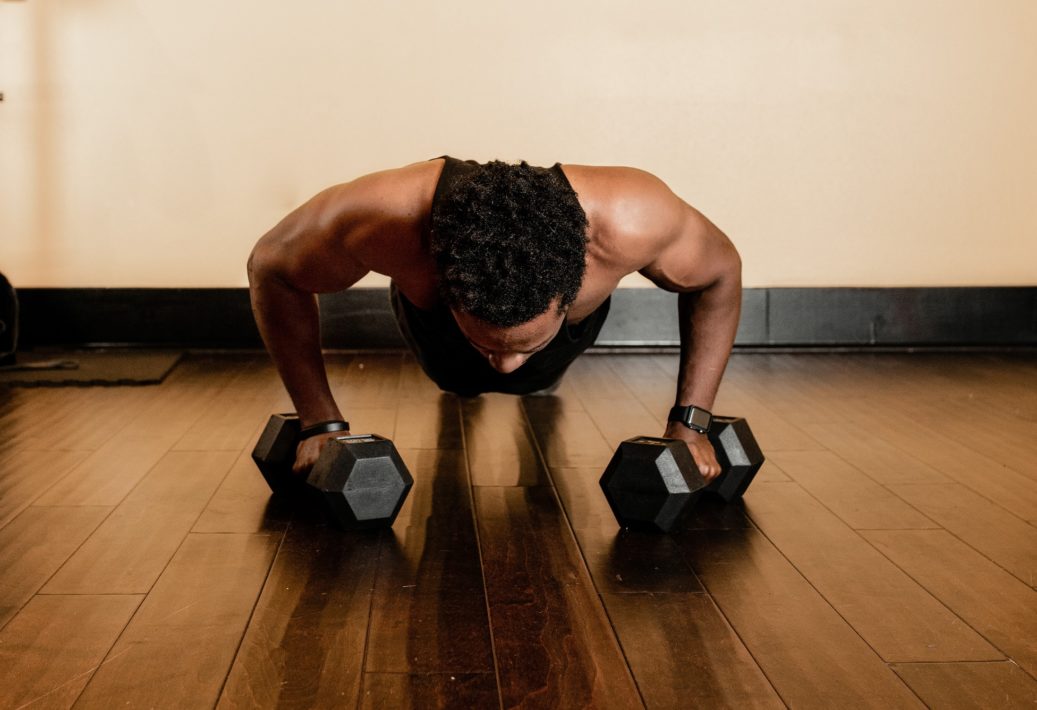Proper form may seem obvious when we think of working out, walking, or running, but are we doing it in our day-to-day movements as well? When I was younger, the notion to stop and think of my form when performing physical activity or daily movements either at work or at home never crossed my mind. However, I now find myself in my thirties and see the benefits of practicing proper form and how it has greatly impacted my physical well-being.
Proper Form is Important in Exercise
As I mentioned already, proper form was an afterthought when I was a young man. I, like many teenagers, had the mentality of “What is the most weight I can add?”
The reason proper form is so important is that it can reduce the likelihood of injury, allows for more efficient workouts, and most importantly, keeps you safe1. When you practice improper form, you will undoubtedly put strain on your tendons and muscles, which will increase your chances of injury2. You will also have more efficient workouts because you are using your energy more effectively rather than squandering your energy3.
The reason proper form is so important is that it can reduce the likelihood of injury, allows for more efficient workouts, and most importantly, keeps you safe.
However, in my opinion, the most important reason to practice proper form is safety. I myself have seen it countless times the guys in the gym who will try to lift with poor form. I cringe every time I see it! Multi-joint exercises such as bench press, squats, rows, and shoulder press have a higher chance of injury due to the fact that these exercises utilize numerous muscle groups. Whether you are new to these exercises or have been doing them for years, be sure to continue practicing proper form. Instead of pushing heavier weight, focus on lighter weight to master the proper form.
Proper form is also necessary when we run or walk as it helps to minimize the risk of tiredness, and puts reduced tension on your body4. One of the things I am guilty of is sticking my neck out, which causes stress to build up. A tip is to perform chin tucks which strengthens your neck muscles and can help you maintain proper posture. Allow your hands and arms to be relaxed, swing your arms at a ninety-degree angle, and do not allow your arms to cross over your chest. Keep your shoulders loose and your back straight, and engage your core.
How to Prevent Injury in Daily Movements
Proper form is also incredibly important in the daily movements we perform. Numerous people have had some sort of injury (including myself) from everyday movements. It is imperative that we practice proper form to prevent injury, especially as we age5.
1. Lifting Heavy Objects
When we are picking heavier objects off the ground for example, we need to make sure we are lifting with our legs not our back! Keep your feet shoulder width apart to create proper balance, and avoid twisting and bending. If you are finding yourself feeling sore or stiff, allow for breaks and make sure you stretch the body part that is aching.
2. Doing Household Chores
Other daily movements can be mowing the lawn, gardening, or cleaning around the house. Again, proper form means we should be bringing our shoulders back (retraction of the scapula), opening up our pectoral muscles, and engaging our core.
3. Driving
Even for something as simple as driving, proper form is necessary! Allow your back and neck to be straight and if needed, use a pillow for lumbar support (this really helps)! You want to make sure you are not in a slouched position.
Proper form is essential in our everyday life. Although proper form is important in relation to fitness and our well-being, the key thing is being properly aligned with God. Let’s allow God to direct our path through prayer and obedience. Isaiah 42:16 says, “I will lead blind Israel down a new path guiding them along an unfamiliar way. I will brighten the darkness before them and smooth out the road ahead of them. Yes, I will indeed do these things. I will not forsake them”.
1 Brown, L. E. (2017). Strength Training. Champaign, IL: Human Kinetics
2 Ibidem.
3 Ibidem.
4 Luff, C. (2020, January 15). 8 Quick Fixes for Running Form. Verywell Fit. https://www.verywellfit.com/tips-for-proper-running-form-4020227
5 Proper form in everyday movements — Wellness Institute Medical & Physical Therapy – Blog. (n.d.). Wellness Institute Medical & Physical Therapy. https://wellnessinstitutesc.com/blog/2018/12/12/proper-form-in-everyday-movements
About


